Invested in renovation 8 years ago, Tan Hoa - Lo Gom canal, more than 7 km long, is still filled with household waste, giving off a foul smell, affecting people living on both sides.
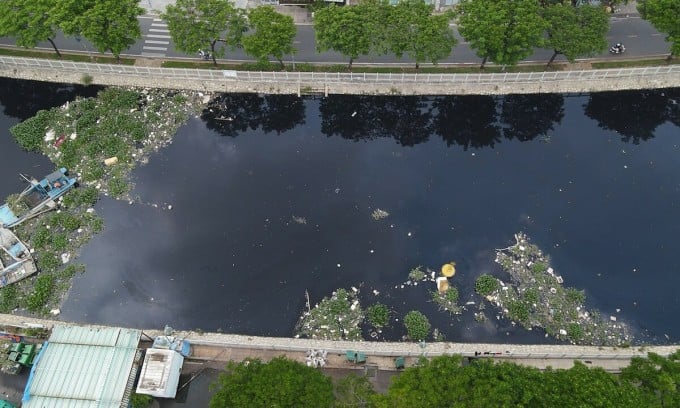
Floating trash and water hyacinth on the black water surface at the end of Tan Hoa - Lo Gom canal, June 26. Photo: Dinh Van
At noon on June 28, Ms. Hoang Dung tightly closed the door of her house on Lo Gom Street to block out the strong stench from the Tan Hoa-Lo Gom Canal 5 meters away. The water in the canal was pitch black, with garbage, plastic bags, and styrofoam boxes floating, and oil slicks. To prevent the stench from affecting her two grandchildren, Ms. Dung installed an additional layer of glass and bought an air purifier, but it was still insignificant. "On hot sunny days, the whole family had to move to a relative's house to avoid the smell," Ms. Dung said.
According to the 58-year-old woman, in recent years the canal has become heavily polluted again. Every day, shops on both sides of the road dump leftover food and wastewater from washing dishes into the canal. At night, many people bring dead dogs and cats, old clothes, tables and chairs from other places and throw them into the water or dump them along the steep banks of the canal. On some sidewalks, garbage is piled up next to no-littering signs. Many government billboards calling for hygiene and not littering in the canal have also been graffitied.
For more than 20 years living here, Ms. Dung has witnessed the Tan Hoa-Lo Gom canal go from being heavily polluted to being renovated and beautified. Thousands of houses encroaching on the canal were cleared and replaced with solid embankments and railings. When the project was put into use 8 years ago, the stench in the canal was significantly reduced. People hoped that the canal would be clear and free of waste on the water surface, but after a few years of renovation, pollution arose again.
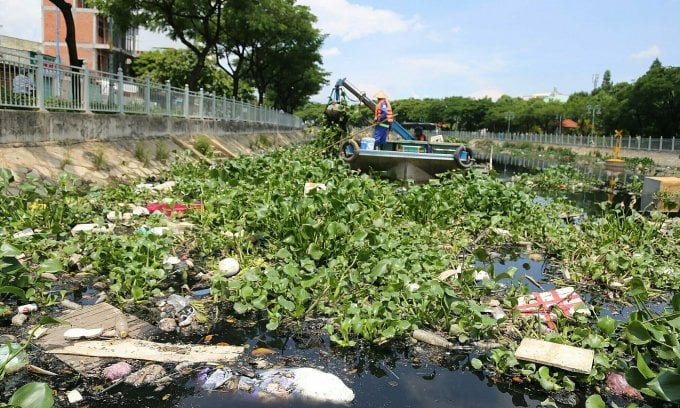
Garbage and water hyacinth block the entire canal. Photo: Dinh Van
500 meters away, nearly a dozen people in the garbage collection team of the Ho Chi Minh City Urban Environment Company Limited collected waste to transfer to trucks for treatment. The garbage collection team members drove two canoes with iron bars and nets to push the garbage along the water to near Lo Gom Park. Many mattresses, lunch boxes, and animal carcasses floating on the water surface mixed with water hyacinth were collected into three large plastic buckets placed on the canoes. Some large items such as sofas and refrigerators had to be collected by hand by the staff.
A representative of the HCM City Urban Environment Company Limited said that every day, the force collects 5-6 tons of garbage and water hyacinth along the canal, most of which is domestic waste. In the summer, the amount of waste increases significantly due to garbage flowing from box culverts into the canal with rainwater. Compared to the Nhieu Loc - Thi Nghe canal, waste treatment in Tan Hoa - Lo Gom is more difficult because untreated wastewater is very smelly and contains many toxic gases that affect health.
The Tan Hoa - Lo Gom canal renovation project, over 7 km long, through three districts 6, 11 and Tan Phu, was completed in 2015 with a budget of about 5,000 billion VND. The project has built nearly 12 km of connecting roads, created four landscape areas along the canal, built and installed nearly 8,000 m of sewers to collect wastewater; dredged 300,000 m3 of mud, cleared the flow, and created fresh air along the route. Up to now, the roads and embankments on both sides have been improved, but the canal is still heavily polluted and full of garbage.
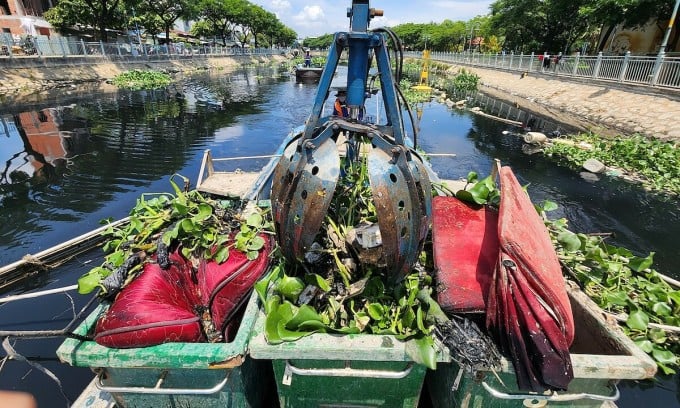
Mattresses, foam boxes, plastic bottles, and nylon bags were collected from the Tan Hoa - Lo Gom canal and filled plastic boxes on the garbage collection canoe. Photo: Dinh Van
Mr. Huynh Minh Hung, Vice Chairman of District 6 People's Committee, said that many households lack environmental protection awareness and litter, and people from other places illegally dump waste into the canal at night. Waste that is difficult to decompose accumulates over time, causing serious pollution. In addition, due to lack of capital, there is currently no wastewater treatment plant in the canal area. Domestic water from households and production facilities is discharged directly into the canal through sewers.
According to Mr. Hung, to reduce pollution, the unit will increase propaganda, remind people to be aware of protecting the canal and coordinate with departments to dredge the sedimentation area, stabilize the flow to prevent garbage accumulation. "The most effective measure to reduce pollution is still people's awareness," Mr. Hung said.
Together with the locality, the Ho Chi Minh City Department of Construction recently called on investors to build wastewater treatment plants for the Tan Hoa - Lo Gom canal basin to thoroughly handle the long-term pollution situation.
Dinh Van
Source link


![[Photo] General Secretary To Lam holds talks with General Secretary and President of China Xi Jinping](https://vstatic.vietnam.vn/vietnam/resource/IMAGE/2025/4/14/b3d07714dc6b4831833b48e0385d75c1)
![[Photo] Prime Minister Pham Minh Chinh meets with General Secretary and President of China Xi Jinping](https://vstatic.vietnam.vn/vietnam/resource/IMAGE/2025/4/14/893f1141468a49e29fb42607a670b174)
![[Photo] National Assembly Chairman Tran Thanh Man meets with General Secretary and President of China Xi Jinping](https://vstatic.vietnam.vn/vietnam/resource/IMAGE/2025/4/14/4e8fab54da744230b54598eff0070485)

![[Photo] Reception to welcome General Secretary and President of China Xi Jinping](https://vstatic.vietnam.vn/vietnam/resource/IMAGE/2025/4/14/9afa04a20e6441ca971f6f6b0c904ec2)



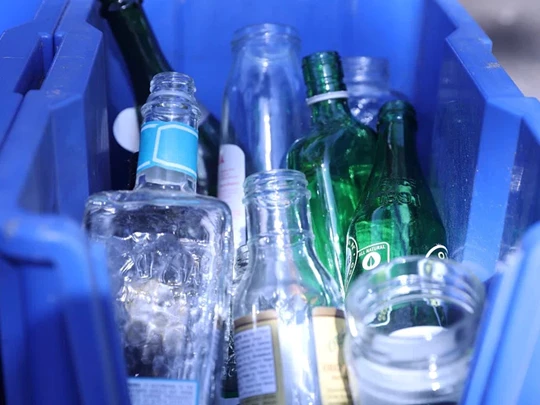





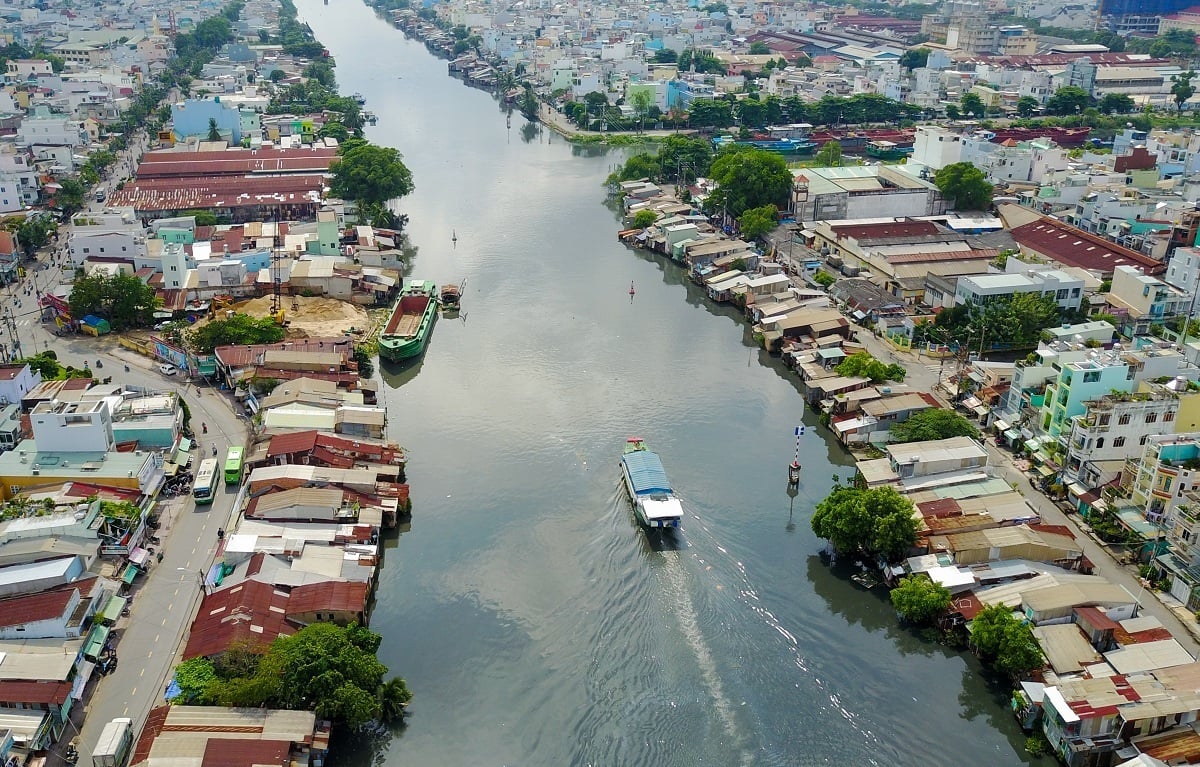









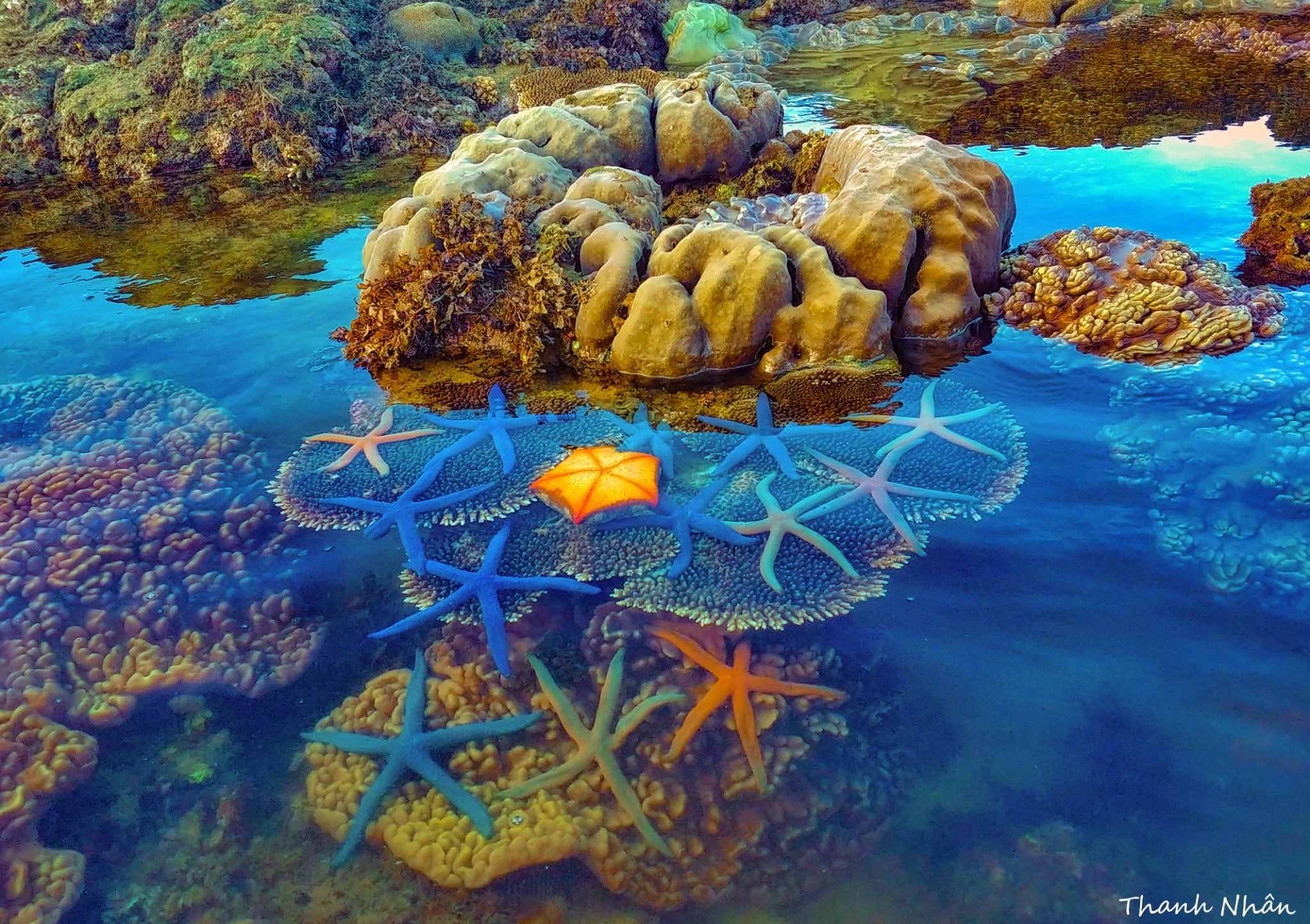








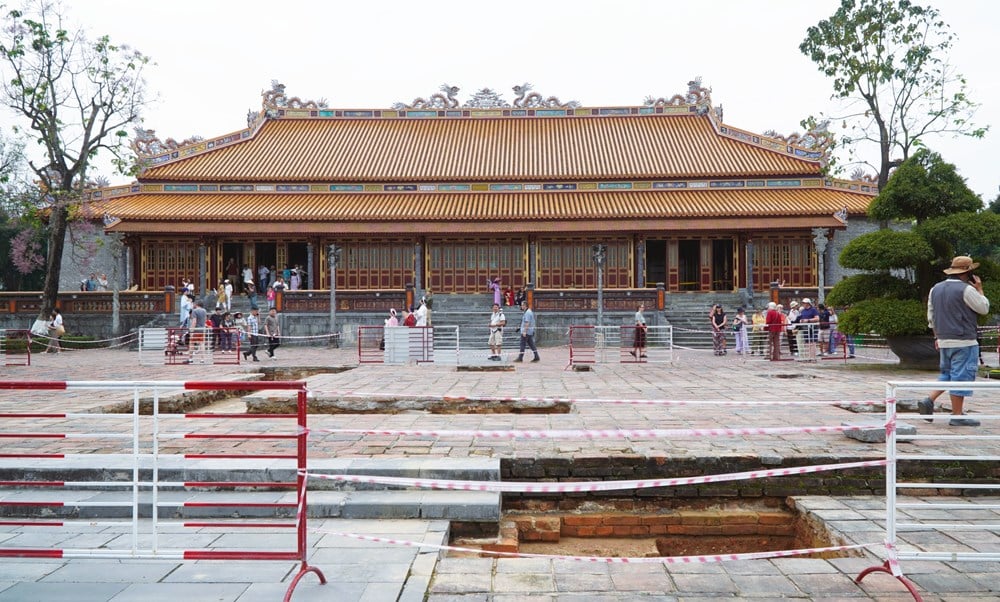




























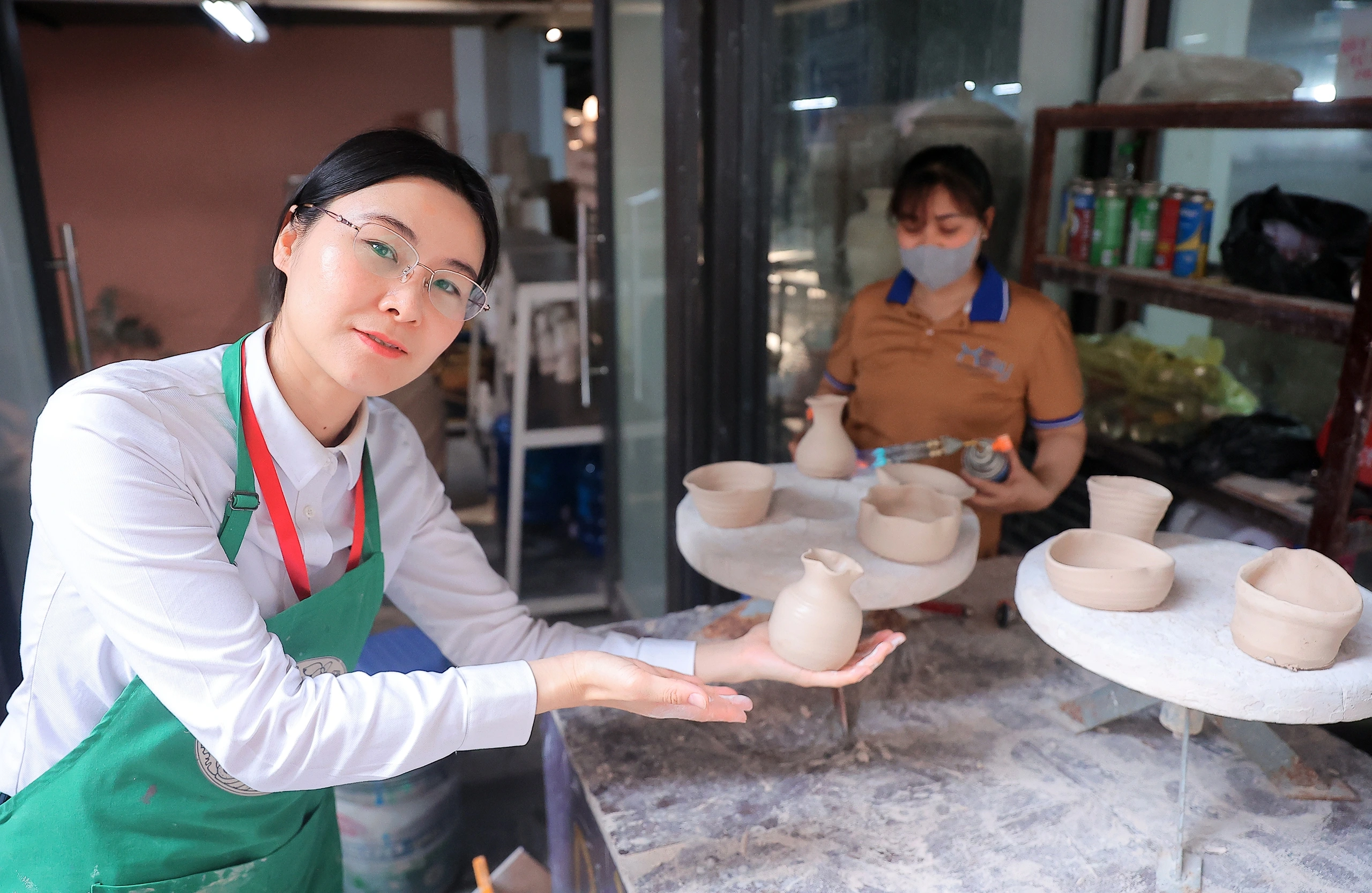



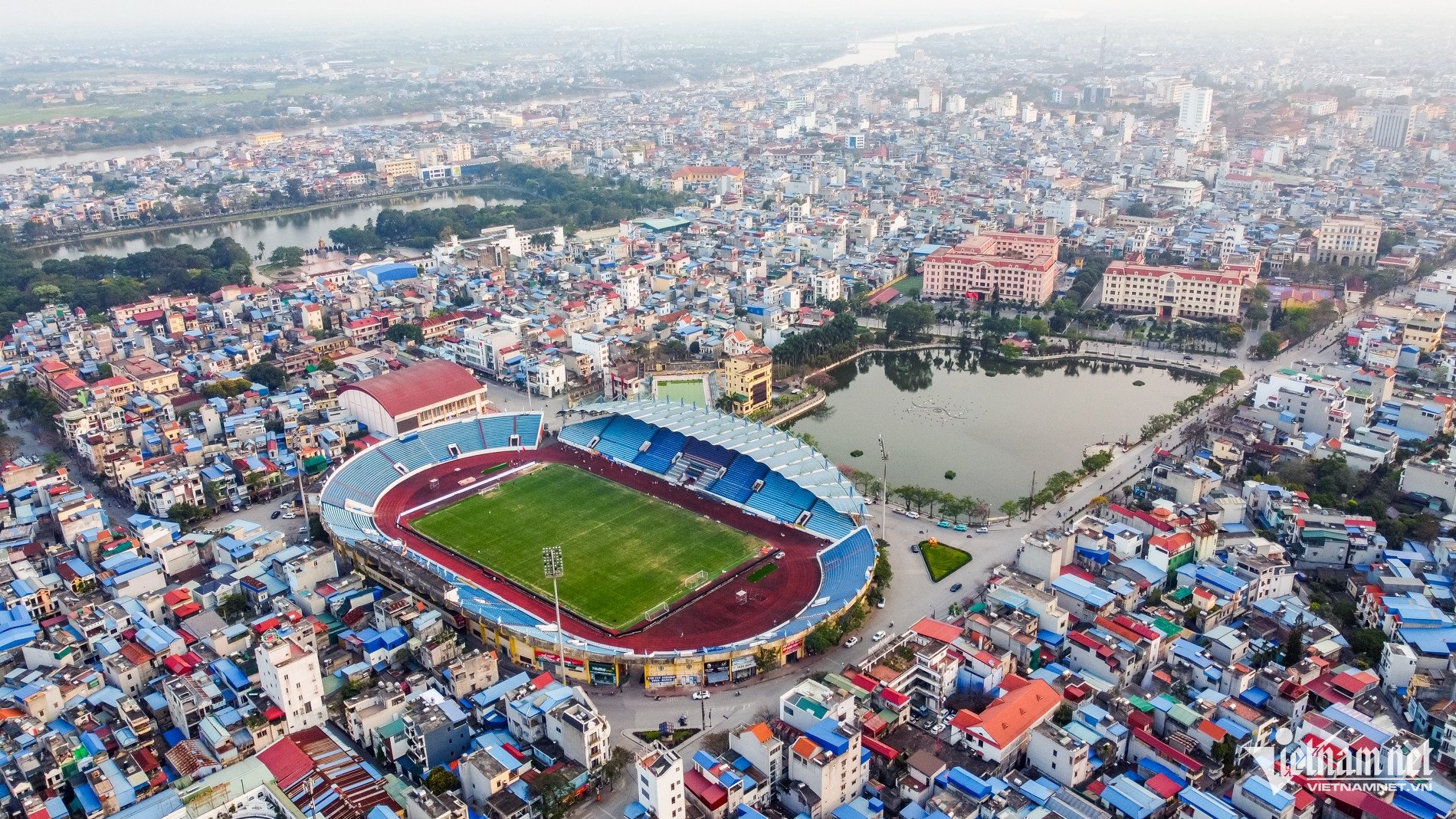



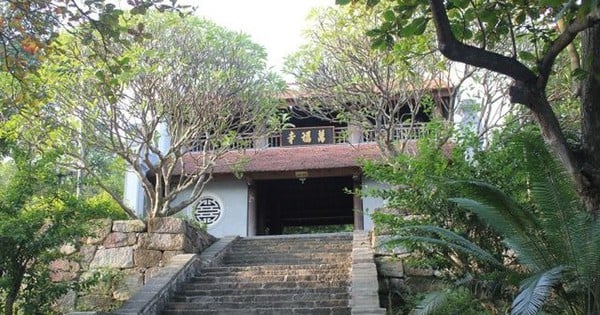

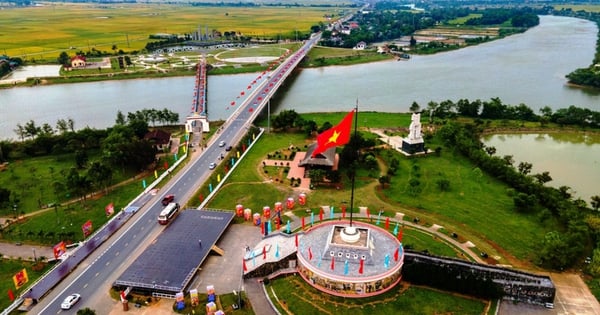




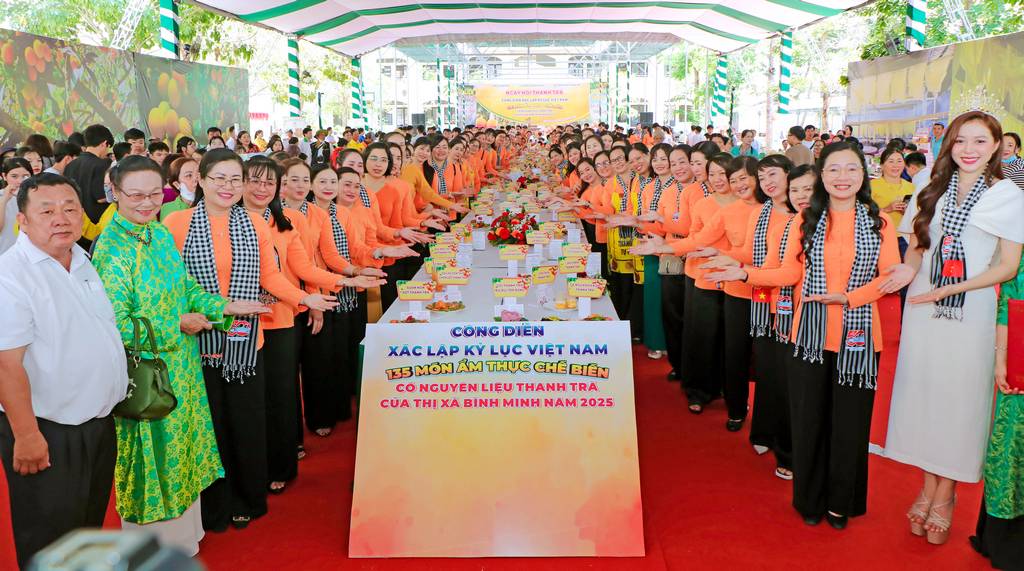

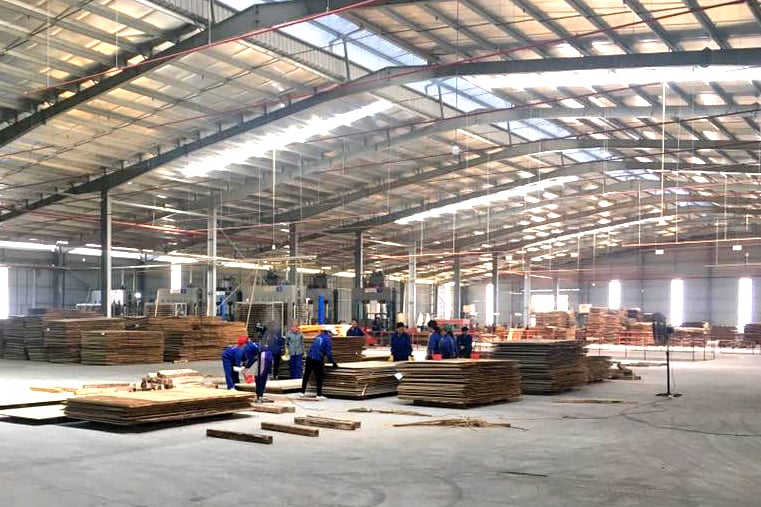
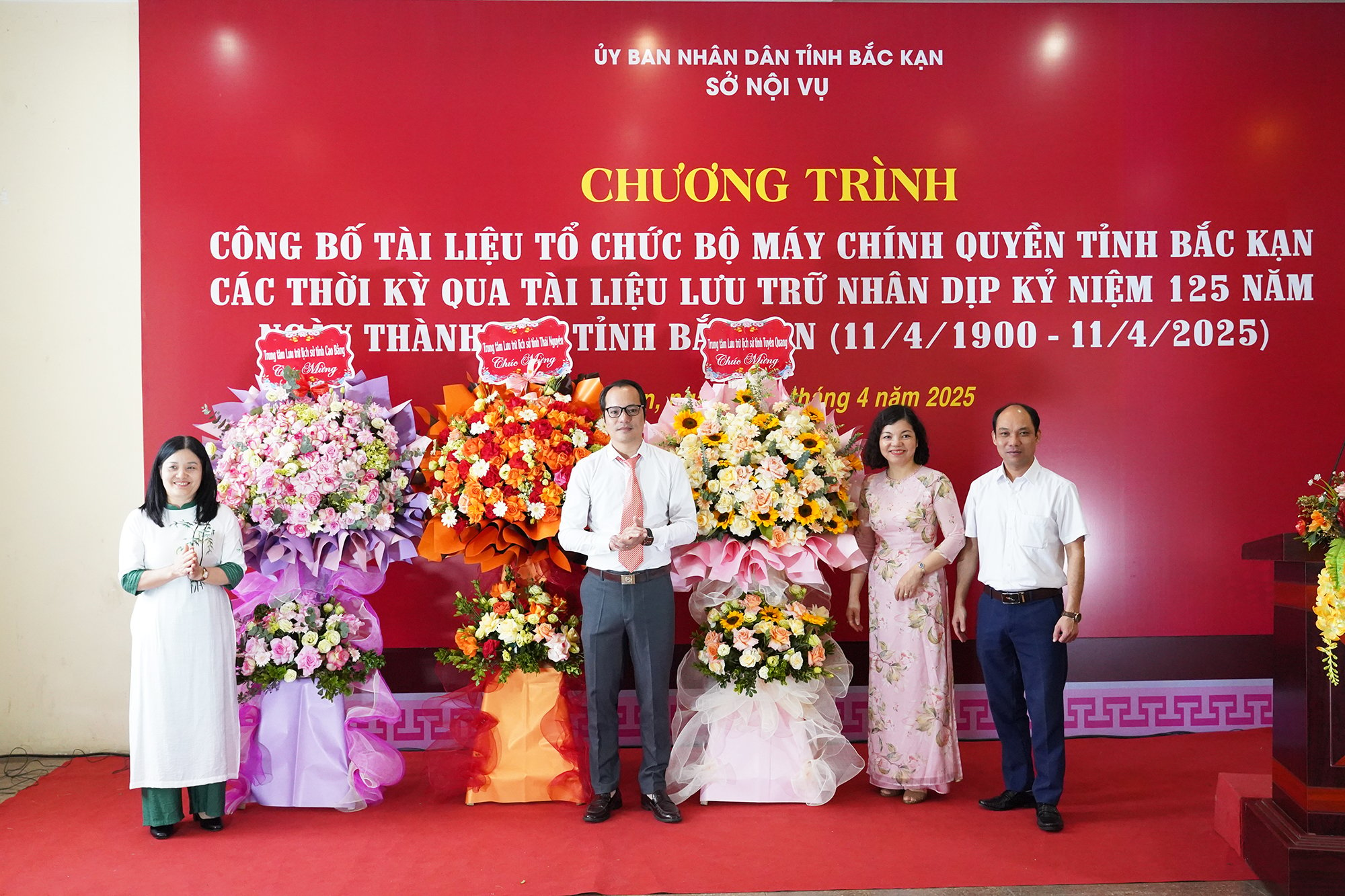
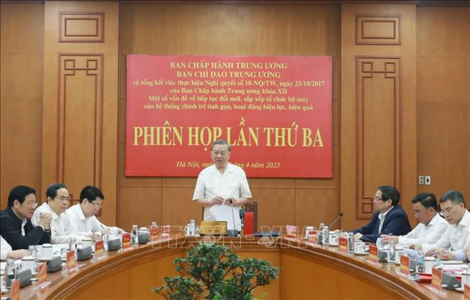
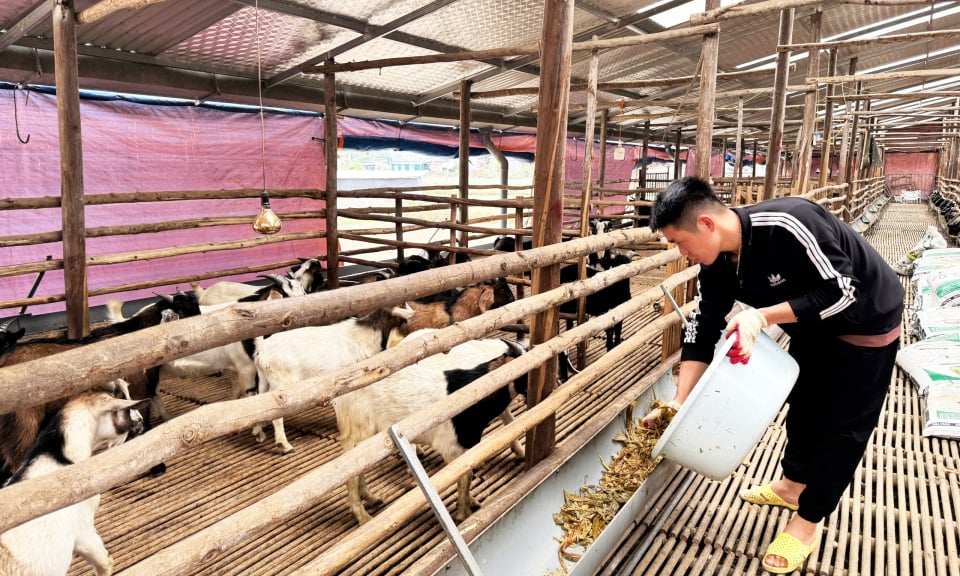









Comment (0)